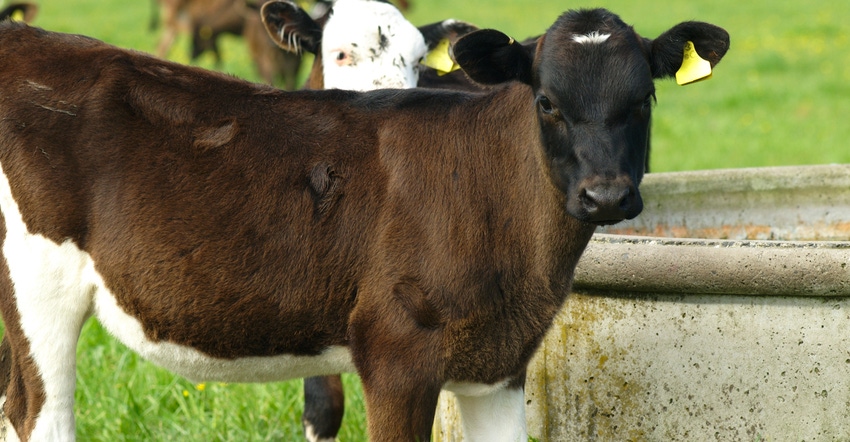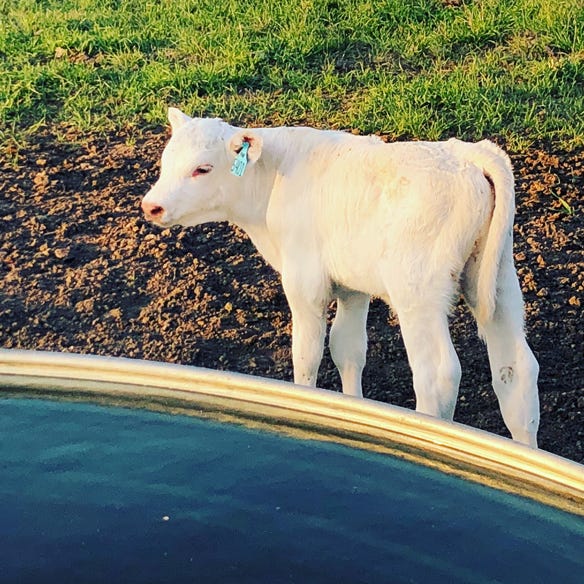
The worst of the drought in Kansas moved northeast and shrank a little bit on the Aug. 30 U.S. Drought Monitor map.
The deepest drought, Category 4, still gripped Johnson, Leavenworth and Wyandotte counties, while category 3 continued to plague the heart of the Flint Hills cattle country in all or parts of Lyon, Morris, Wabaunsee, Shawnee, Atchison, Brown, Miami, Osage, Jackson, Pottawatomie, Nemaha, Jefferson, Douglas and Franklin counties.
Much of the eastern half of the state remains in dryer-than-normal conditions, although scattered and frequent showers across the state helped bring much needed relief, particularly in central and south-central Kansas.
Fall-calving ranchers are still without pond water in many pastures and are left with the tough job of daily hauling water to new mamas and babies.
Among them are Kim and Mark Harms, whose ranch near Lincolnville in northern Marion County remains in severe drought. Kim says they have "lots of babies coming quickly" and are hauling water. "We’re grateful for the nice weather, but we need rain badly in our area," she says.
The reward for that hauling, she says, was getting to see the sweet faces of baby calves at the water tank.
Severe-to-exceptional drought also continues in much of Missouri, especially in the northwest, and in the western half of Colorado as well as into Utah and New Mexico.
In Kansas, much of the corn crop in the hardest hit areas has already been chopped for silage, while soybeans are still holding on and cotton, for the most part, is loving the heat as temperatures have hit the mid and upper 90s degree F almost every day in the last two weeks of August.
 WELCOME SIGHT: Hauling water to thirsty mama cows and babies is hard work, but there’s a reward it, says Lincolnville rancher Kim Harms. That reward, she says, is seeing the sweet faces of babies like this one.
WELCOME SIGHT: Hauling water to thirsty mama cows and babies is hard work, but there’s a reward it, says Lincolnville rancher Kim Harms. That reward, she says, is seeing the sweet faces of babies like this one.

"I’ve seen some fields that are looking pretty droopy and in need of rain," says Rex Friesen, Southern Kansas Cotton Growers Co-op crop consultant. "But for the most part, we have good to excellent cotton and we’re looking toward a great harvest."
The USDA Crop Progress report at the end of August bore out that hope for a good harvest, with 72% of the cotton crop rated good to excellent and only 2% rated poor to very poor. Soybeans, meanwhile, were only 49% good to excellent, with 17% poor to very poor. Corn was only 46% in the top two categories, with 27% of the crop rated poor to very poor. The sorghum crop is also overall in pretty good shape, with 68% rated good to excellent with only 7% poor to very poor.
Pasture conditions, meanwhile, were only 4% excellent, with 35% good and 28% poor to very poor.
About the Author(s)
You May Also Like




